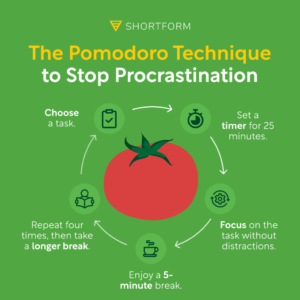“The Art of Screen-Time Balance: My Journey with Technology”
Technology has become an indispensable part of my daily life, serving as a tool for productivity, connection, and entertainment. Whether it’s for academic purposes like research, attending online classes, or personal activities like social media and streaming, my screen time often feels endless. However, I’ve realized that striking a balance between these uses and ensuring my personal well-being is crucial to maintaining a healthy relationship with technology.
For academic purposes, technology is a game-changer—it keeps me organized, allows me to collaborate, and provides instant access to resources. Yet, it also blurs the line between work and rest, especially when my study tools are the same devices I use for relaxation. To address this, I’ve implemented the Pomodoro technique, where I work for 25 minutes and take 5-minute breaks away from screens.
This helps me sustain focus while minimizing the mental fatigue that comes from staring at a screen for hours on end. Additionally, I try to consolidate my academic tasks into specific time blocks, avoiding unnecessary multitasking across platforms that can make my workload feel heavier.

 Reading physical books, journaling, walking outdoors, or engaging in hobbies like gardening are my go-
Reading physical books, journaling, walking outdoors, or engaging in hobbies like gardening are my go-
Hello Mort,
I really enjoyed reading your blog post on balancing screen time. I actually chose to read your post this week because the title, “The Art of Screen-Time Balance: My Journey with Technology,” really grabbed my attention.
As I read through your post, I especially appreciated how you talked about the boundary you’ve set for yourself. It can be tough to establish self-boundaries, and I love how you explained yours so clearly. The idea of a “tech-free hour” before bed is something I’m really drawn to. I, too, often find myself scrolling the night away, and it’s easy to do it subconsciously. I’ve noticed that it disrupts my sleep, just as it sounds like it did for you. I can definitely relate to feeling groggy or unmotivated in the morning due to my late-night scrolling habits.I think I’ll try implementing a tech-free hour before bed, just like you suggested. I really appreciate the idea, and I’m so glad I got to read your post this week. Keep up the great work!
Hey Mort,
I really appreciated reading your post this week and I found lots of valuable information/reminders. I hadn’t heard of the Pomodoro technique before, but after reading your blog it has motivated me to try to implement it into my life. I find it hard to get started on tasks usually and this leads me to procrastinate getting starting. I am hopeful that this technique will help me to at least get started since it breaks up the task into less daunting time intervals.
Also, I appreciate your outlook on your relationship with technology. I agree that technology makes our lives easier in so many ways and is a good thing, but with all good things, moderation is key. I agree that balance is important and key to a healthy relationship with tech. I also liked how you mentioned that sometimes in our lives, there are times when balance isn’t feasible and that is okay too. That provides a realistic outlook on it all. Thanks for sharing with us this week!
Your post really captures the ongoing challenge of balancing tech use with well-being. I love how you’re using the Pomodoro technique and app timers to stay focused and mindful. It’s such a smart way to avoid burnout when you’re studying. Your “tech-free hour” before bed is especially inspiring; it’s a habit I’d really like to adopt. Thanks for sharing such thoughtful strategies!